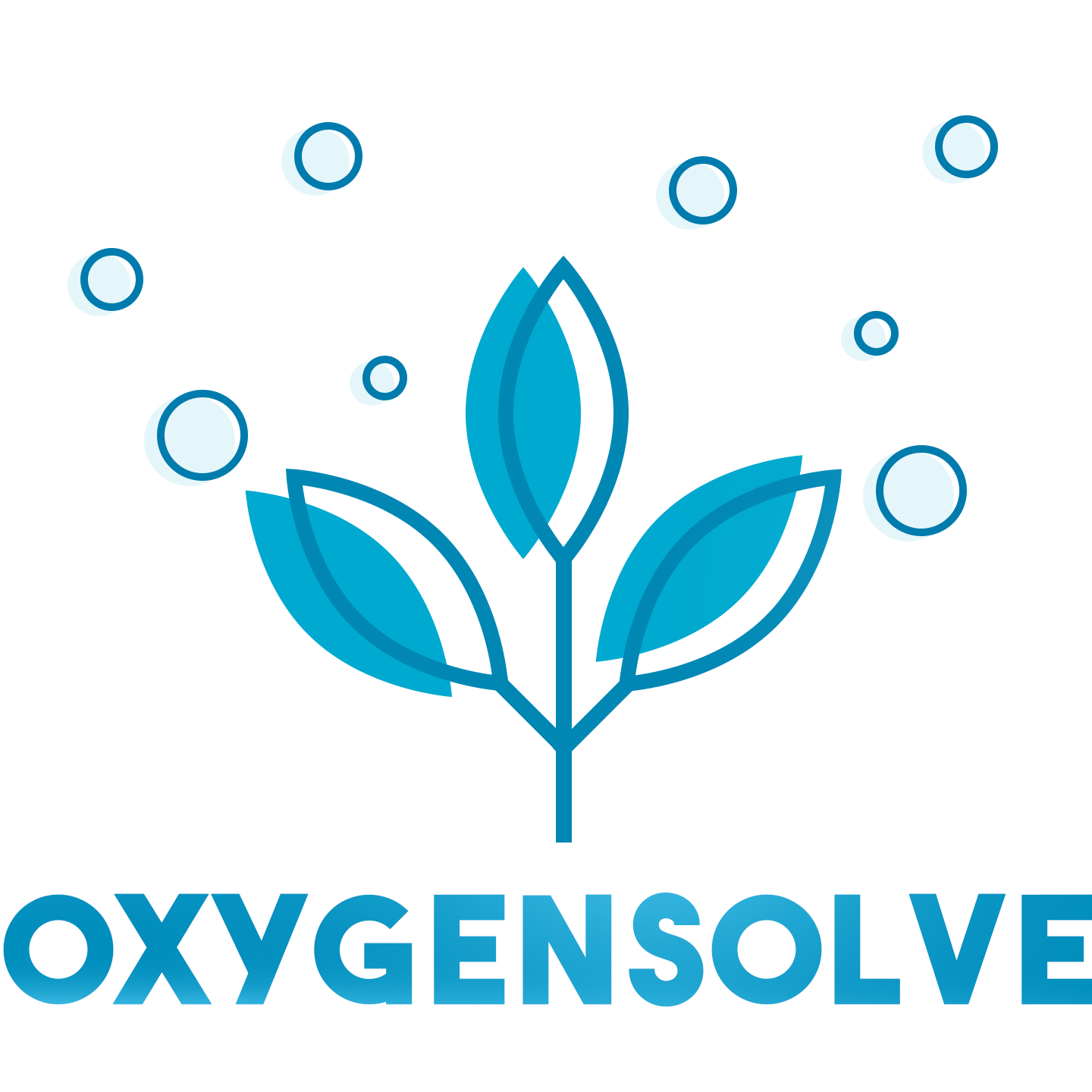Understanding the Difference Between Oxygen Concentrators and Tanks
CODE
For individuals requiring oxygen therapy, two primary solutions often come to mind: the modern oxygen concentrator and traditional oxygen tanks. While both provide life-sustaining oxygen, their functions, benefits, and limitations differ greatly.
At Oxygensolve, we specialize in advanced oxygen concentrators—both home and portable—because they offer safe, reliable, and eco-friendly oxygen delivery. In this guide, we’ll explain the difference between concentrators and tanks, and why more people are choosing concentrators as their long-term solution.
What is an Oxygen Concentrator?
An oxygen concentrator is a respiratory device that takes in room air, filters out nitrogen, and delivers purified oxygen through a nasal cannula or mask. Because it generates oxygen on demand, it never “runs out” as long as it has power.
Key advantages of oxygen concentrators:
-
Continuous oxygen supply with no refills needed.
-
Available in both home oxygen concentrators and portable oxygen concentrators.
-
Cost-effective for long-term therapy.
-
Safer than tanks since no compressed gas is stored.
At Oxygensolve, we provide concentrators designed for everyday use—whether you’re at home or on the go.
What are Oxygen Tanks?
Oxygen tanks store compressed or liquid oxygen in cylinders. While oxygen tanks for sale are still used in some cases, they require regular refilling, can be heavy, and pose risks due to pressurized gas.

Limitations of oxygen tanks:
-
Limited supply (must be refilled or replaced).
-
Heavier and less portable compared to modern concentrators.
-
Higher long-term costs due to recurring refills.
-
Safety concerns with handling and storage.
For these reasons, many patients are moving away from tanks and choosing an oxygen concentrator as a safer and more convenient alternative.
Oxygen Concentrators vs. Oxygen Tanks
Here’s a quick comparison of the two systems:
| Feature | Oxygen Concentrator | Oxygen Tanks |
|---|---|---|
 |
||
| Oxygen Source | Generates oxygen from air | Stores pre-filled oxygen |
| Supply | Unlimited (with power) | Limited (requires refills) |
| Portability | Lightweight, travel-friendly models | Smaller cylinders portable, larger are heavy |
| Cost | Higher initial investment, lower long-term cost | Lower upfront, expensive refills |
| Safety | No pressurized gas | Risk of leaks or combustion |
While tanks serve as backups in some clinical settings, most patients benefit more from concentrators for daily use.
Why Choose Oxygen Concentrators Over Tanks?
The choice between an oxygen concentrator and tanks comes down to convenience, safety, and cost-effectiveness. Here’s why concentrators are preferred today:
-
No interruptions: Continuous supply eliminates the stress of running out.
-
Lifestyle flexibility: Portable units let you maintain independence and mobility.
-
Safety first: No heavy, pressurized cylinders to manage.
-
Smart investment: Long-term savings compared to frequent refills.
At Oxygensolve, we focus on delivering advanced home oxygen concentrators and portable oxygen concentrators because they meet the modern patient’s needs for comfort, safety, and freedom.
Home Oxygen vs. Portable Oxygen Concentrators
Choosing the right type of oxygen concentrator depends on your lifestyle and medical needs:
-
-
Designed for 24/7 use.
-
Provide higher oxygen output.
-
Reliable for patients needing continuous therapy indoors.
-
-
-
Lightweight and battery-powered.
-
Ideal for travel, errands, or outdoor activities.
-
Give you freedom without sacrificing oxygen support.
-
Oxygensolve offers both options, giving patients the flexibility to combine them for complete respiratory care.
Frequently Asked Questions (FAQ)
1. What is the main difference between an oxygen concentrator and an oxygen tank?
An oxygen concentrator generates oxygen by filtering nitrogen from the surrounding air, providing a continuous supply as long as it has power. Oxygen tanks, on the other hand, store pre-filled compressed oxygen that runs out and needs regular refilling.
2. Are oxygen concentrators safer than oxygen tanks?
Yes. An oxygen concentrator does not store pressurized gas, making it safer to use and transport compared to oxygen tanks, which require careful handling due to the risk of leaks or combustion.
3. Should I choose a home oxygen concentrator or a portable one?
It depends on your lifestyle and oxygen needs. Home oxygen concentrators are best for continuous therapy indoors, while portable oxygen concentrators are lightweight, battery-powered devices designed for mobility, travel, and active living. Many patients use both for complete flexibility.
Conclusion: The Smarter Choice for Long-Term Oxygen Therapy
While oxygen tanks have been around for decades, modern oxygen concentrators are safer, more convenient, and more cost-effective for everyday use.
At Oxygensolve, we specialize in providing both home oxygen concentrators and portable oxygen concentrators to meet your unique lifestyle needs. Whether you’re looking for a reliable system for 24/7 use or a portable solution for independence, we’ve got you covered.
👉 Choose the smarter solution for your respiratory health—explore Oxygensolve’s range of home and portable oxygen concentrators today.























